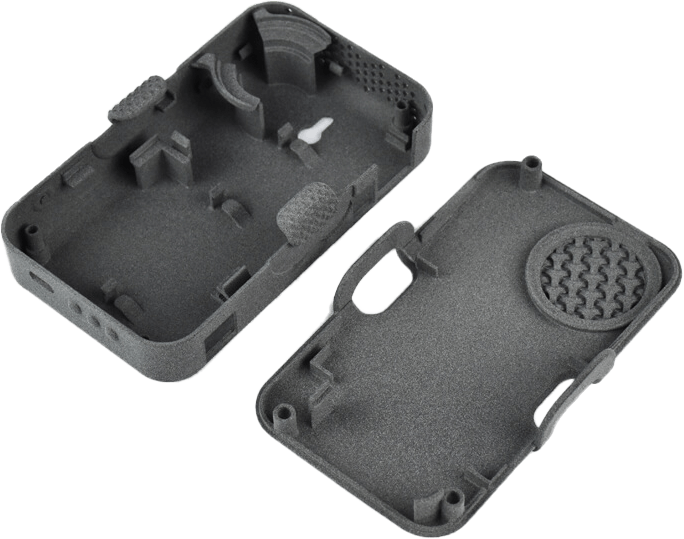Rapid prototyping is a product development approach that allows design engineers to create, modify, test and validate 3D models of a product before final or mass production. The technique helps product developers conduct multiple iterations to ensure they create high-quality finished components. It also lets fabricators shorten production cycles, saving time, money and resources.
When prototyping objects, experts often apply four common techniques. They include:
3D Printing
Three-dimensional printing is also known as additive manufacturing. It offers fabricators seven production technologies, including Binder Jetting, Material Extrusion, Material Jetting, Powder Bed Fusion, Sheet Lamination, Directed Energy Deposition, and VAT Photopolymerisation.
During production, the machines use 3D CAD files and computerized specification guidelines to construct prototypes from concepts through a layering process. The technique lets professionals build components from scratch using various raw materials, like ceramics, metal and thermoplastics. It is the ideal solution for creating prototype parts with smooth finishes.
CNC Machining
CNC machining is one of the most popular prototyping process used to create items. It is a subtractive manufacturing approach that uses programmed software to control machines and extract prototypes from a block of material. As a result, it allows engineers to create prototype parts from materials like metal and plastic, with high structural integrity. Additionally, the software can control a wide range of production equipment, such as grinders, lathes and turning mills.
Rapid Injection Moulding
Rapid Injection Moulding (RIM) involves specialists using CNC machining tools to create mould cavities of a 3D model on a block of material. Hot polymers are then poured into the mould before being rapidly cooled to solidify the component, creating a prototype part. Manufacturers often use this technique to produce long runs of plastic-based items. It is also the most popular route for performing high-fidelity product evaluations. Both injection molding and 3D printing have pros and cons for your needs, so it is not always easy to know which one to choose.
Urethane Casting
Urethane casting is also known as vacuum casting. It is another prototyping approach where engineers use CNC machines and 3D printers to create a master pattern for a component. After moulding the master template, specialists pour liquid polyurethane into the model using a vacuum bell jar. When the liquid solidifies, it creates a final prototype part with smooth finishes. The approach is compatible with many plastic resins of varying consistency, properties and tolerances.


 Connect with Google
Connect with Google Connect with Facebook
Connect with Facebook